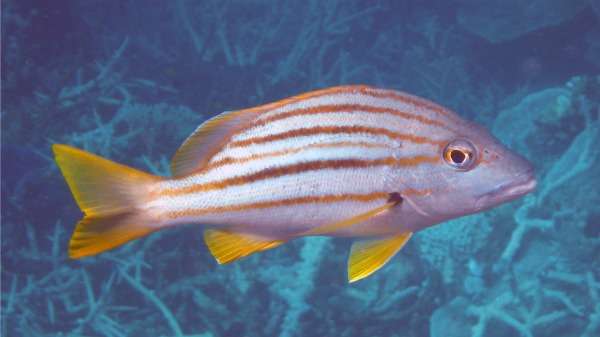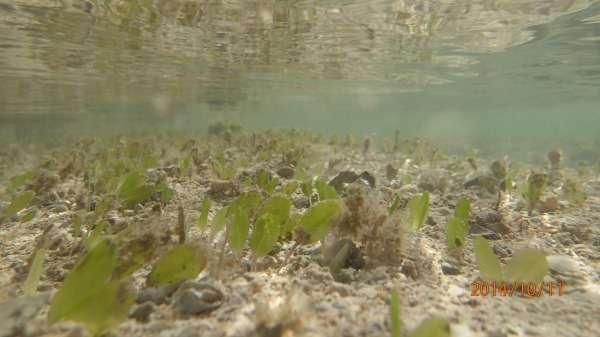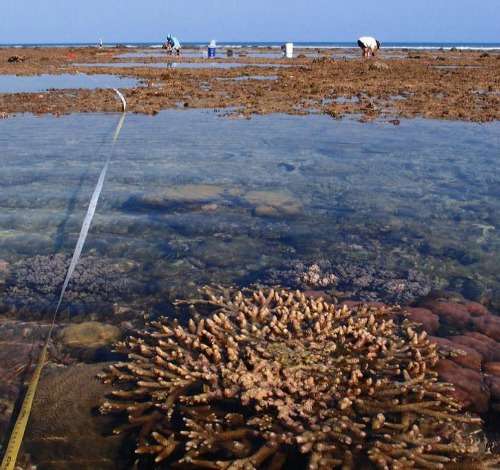Kimberley reef life considered on a microscopic level

Using cutting-edge genomic analyses researchers are investigating how the Kimberley marine environment's unique conditions affect organism movement in the region.
CSIRO researcher Dr Oliver Berry says the Kimberley's massive 10m-plus tidal ranges and complex geography are likely to produce unique dispersal patterns.
These movement patterns influence the inter-dependence (connectivity) between reef populations.
"The movements of water in the Kimberley are amazingly complex and powerful," Dr Berry says.
"But does this mean that populations are well-mixed? Or does it mean that they are very insular because the tides and currents disrupt movements?"
"By the end of the year we hope to have an answer."
Dr Berry says defining the degree of connectivity in the region will help identify the appropriate scale for management.
But he says despite the Kimberley's high biodiversity and distinctiveness this is the first dedicated genetic study on marine connectivity.
The ongoing study has involved collecting more than 5,000 minute tissue biopsies of important organisms from the upper Dampier Peninsula and Buccaneer Archipelago for genetic analysis.
"We sampled species that have a spectrum of types of life histories that will expose them in different ways to the currents," Dr Berry says.
The researchers targeted seven 'focal species' including the coral reef damselfish (Pomacentrus milleri), harvested molluscs (Trochus niloticus), coral (Acropora aspera), harvested fish (Lutjanus carponotatus) and seagrass (Thalassia hemprichii and Halophila ovalis) for their importance as habitat-formers or harvested species.

The movements of marine organisms, which affects connectivity amongst reefs and regions, happens mostly at larval life stages during which time larvae are transported by tides and currents.
But researchers can't put tags or transmitters on microscopic larvae to track their movements, so they must infer this from the genetic relationships between populations.
Dr Berry says this genetic analysis poses its own challenges.
"In the marine environment, historically it has been difficult for genetics to resolve relationships between populations," he says.

Therefore they used cutting-edge genomic techniques that have only recently been adopted by ecologists.
The scientists plans to use thousands of single sequence polymorphisms or SNPs ("snips"), which are regions of DNA where a single nucleotide differs in a sequence.
For example, 'AGTTA' might be a version of a gene carried by one individual, while another might carry 'ACTTA.' These variations act like 'tags' for the movements of organisms.
The benefit of using SNPs is the large number of markers that can be used, which should give researchers the ability to detect subtle patterns of connectivity.
Provided by Science Network WA
















